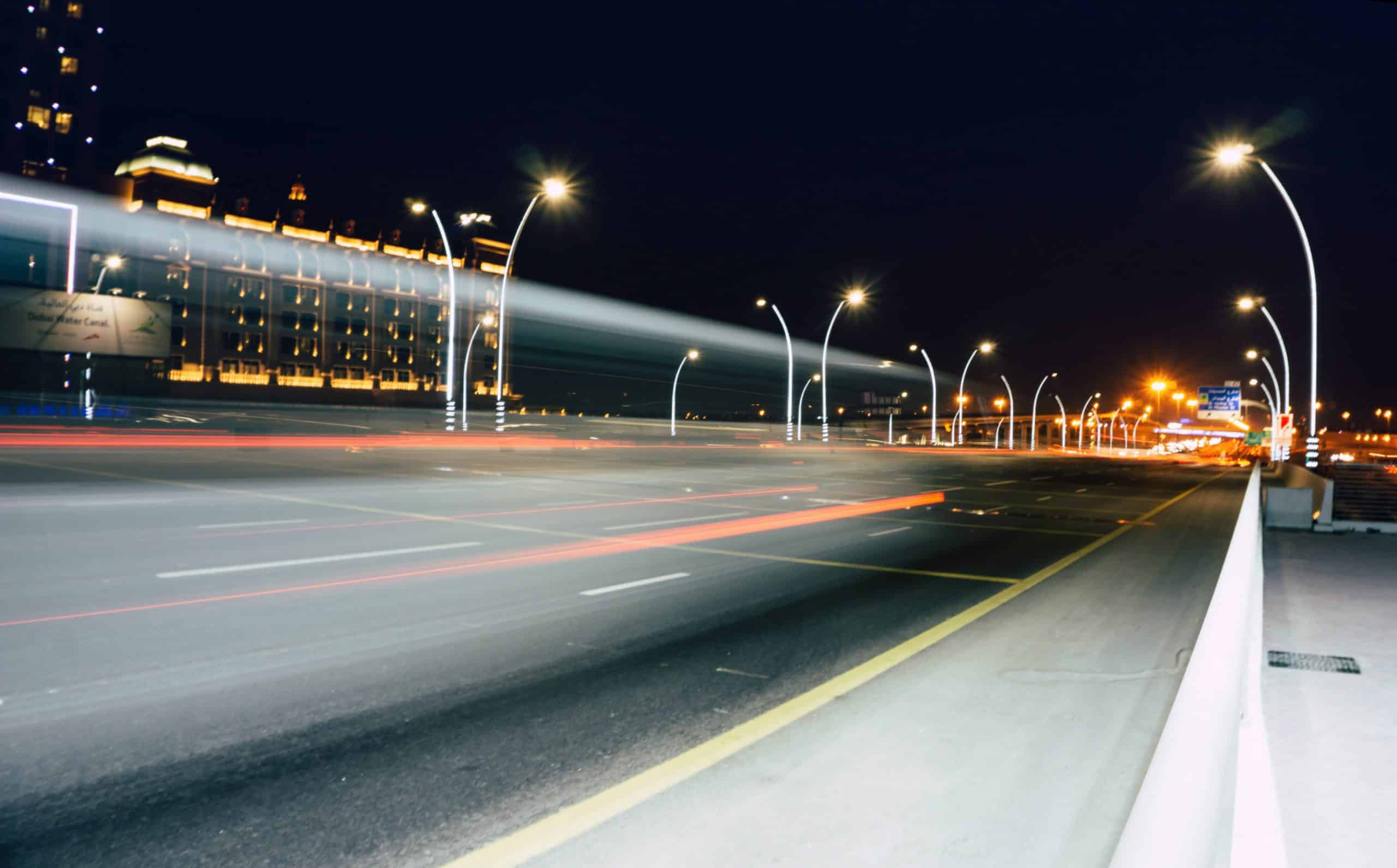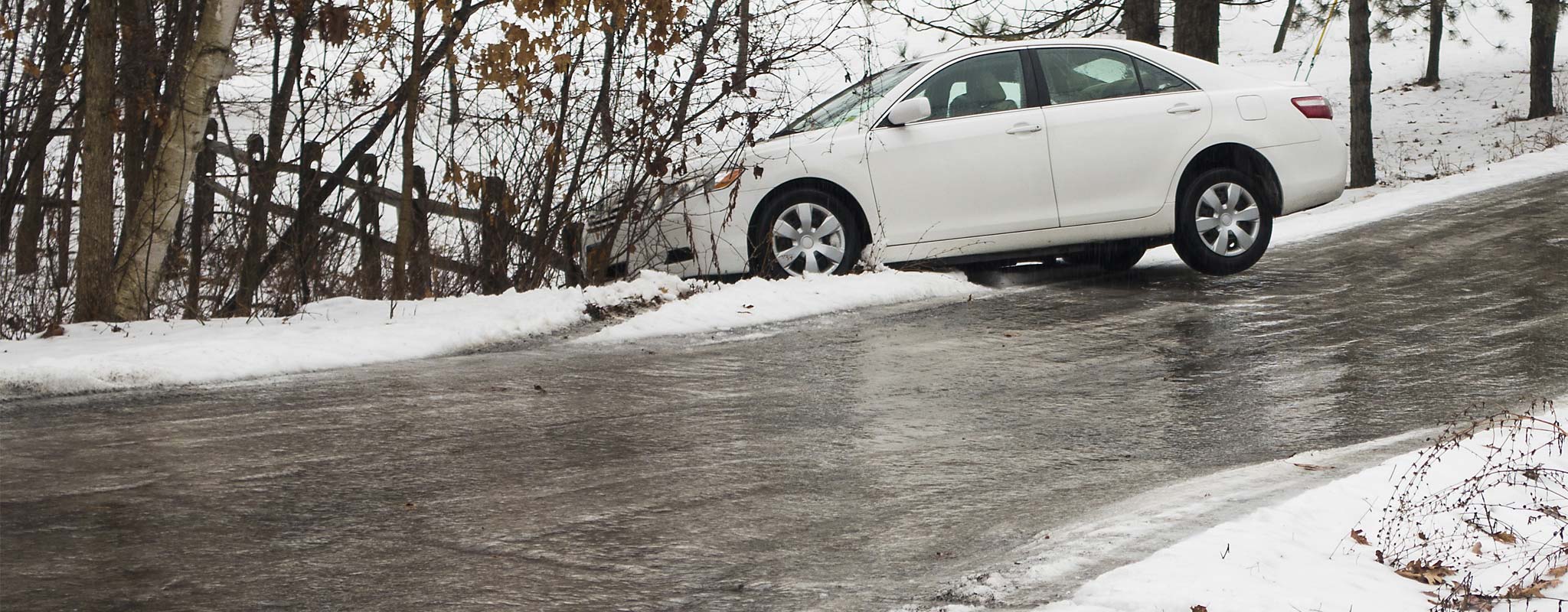
Introduction
Driving at night can be more challenging and dangerous compared to driving during the day due to reduced visibility and increased fatigue. Therefore, it is crucial for learner drivers to be aware of the specific regulations and guidelines for night driving and to follow them diligently. By adhering to these rules, learner drivers can ensure their safety and the safety of other road users.
Rules for Driving at Night
- Use headlights: It is mandatory for drivers to use their headlights when driving at night. This helps to improve visibility and allows other drivers to see your vehicle. Additionally, drivers should use dipped headlights when visibility is reduced to 200 metres or less, and fog lights when visibility is less than 100 metres.
- Reduce speed: Learner drivers should reduce their speed when driving at night as visibility is reduced. This allows for better reaction time to potential hazards and helps to prevent accidents.
- Be aware of wildlife: There is an increased risk of wildlife on the roads at night. Learner drivers should be cautious and watch out for animals crossing the road, especially in rural areas.
- Be aware of fatigue: Night driving can be tiring and lead to increased fatigue. Learner drivers should be aware of their own fatigue levels and take breaks if necessary. It is important to stay alert and focused while driving at night.
Importance of Following the Rules
Following the rules for night driving is of utmost importance as failure to do so can have serious consequences. Not using headlights can lead to accidents as other drivers may not be able to see your vehicle. Driving too fast at night can be dangerous due to reduced visibility, making it difficult to react to hazards. Additionally, not being aware of the increased risk of wildlife and fatigue can also lead to accidents.
By following the rules, learner drivers can ensure their own safety and the safety of others on the road. It is essential to prioritise safety and adhere to the regulations and guidelines for night driving.
familiarise Yourself with the Specific Regulations and Guidelines
It is crucial for learner drivers to familiarise themselves with the specific regulations and guidelines for night driving. In the United Kingdom, the Highway Code provides detailed rules for night driving. These include:
- Using headlights appropriately based on visibility conditions.
- Avoiding the use of tinted glasses, lenses, or visors that restrict vision at night.
- Not driving under the influence of alcohol, drugs, or medicine.
- Planning the route and allowing sufficient time for the journey.
- Ensuring the vehicle’s lights, mirrors, windscreen, and tyres are in good condition.
By understanding and following these regulations, learner drivers can ensure they are driving safely and legally at night.
Consequences of Not Adhering to the Rules
Not adhering to the rules for night driving can result in serious consequences. These may include fines, points on the driver’s licence, and even imprisonment, depending on the severity of the violation. It is important for learner drivers to understand the potential consequences and prioritise safety by following the rules for night driving.
Legal Requirements
Legal Requirements for Night Driving
Minimum Age for Night Driving The minimum age for night driving in the UK is 17 years old. This means that drivers must be at least 17 years old in order to legally drive at night.
Licencing requirements for night driving In order to legally drive at night, drivers must have a valid driving licence. This licence must be issued by the Driver and Vehicle licencing Agency (DVLA) in the UK. The licence must also be valid for the type of vehicle that the driver is operating. For example, if the driver is driving a car, they must have a valid car driving licence.
Restrictions for Provisional licence Holders There are no additional restrictions for provisional licence holders when driving at night.
The legal requirements for driving at night in the uk include being at least 17 years old, having a valid driving licence, and adhering to the restrictions for provisional licence holders. It is important for learner drivers to be aware of these requirements in order to ensure their safety and the safety of others on the road.
Visibility
Visibility is crucial for safe driving at night. To ensure proper visibility, there are several requirements that learner drivers should follow:
Headlights and Taillights
Headlights and taillights play a vital role in driving at night. They not only help the driver see the road ahead but also make the vehicle visible to other drivers. It is important to ensure that headlights and taillights are in good working order and properly aligned. Regularly check the lights and replace any bulbs that are not functioning.
Headlight Alignment
Proper alignment of headlights is essential to direct the light towards the road and prevent it from blinding other drivers. Headlights should be adjusted so that the light is slightly downwards and towards the left side of the road. This ensures that the light illuminates the road without causing discomfort to other drivers.
High Beams
High beams can significantly improve visibility at night, but they should be used responsibly. High beams should only be used when there are no other vehicles in the vicinity. When approaching other vehicles, it is crucial to switch to dipped headlights to avoid blinding the other driver. This ensures the safety of both drivers on the road.
Weather Conditions
Different weather conditions can affect visibility, and it is important to be aware of the requirements for each condition. In foggy or rainy conditions, it is crucial to use headlights and taillights to increase visibility. Dipped hedlights should be used to reduce the reflection of mist and improve forward vision. Additionally, reducing speed allows more time to react to potential hazards. In freezing conditions, drivers should avoid accelerating or braking on exposed parts of the road, where black ice can be difficult to detect. In snowy or icy conditions, it is important to slow down early, accelerate gently, and stay in the highest gear possible. Road markings may be hidden, so extra caution is necessary. In windy conditions, drivers should expect the wind to throw them off course and adjust their steering accordingly.
By following these visibility requirements, learner drivers can ensure their safety and the safety of others while driving at night. Proper use of headlights and taillights, keeping them clean and aligned, responsible use of high beams, and awareness of weather conditions are all essential for maintaining visibility on the road.
Speed Limits
Speed Limits for Driving at Night
When driving at night, it is important to be aware of the speed limits in order to ensure the safety of yourself and other road users. The speed limits for driving at night are generally the same as those for driving during the day.
General Speed Limits
The general speed limits for night driving for a car are as follows:
- Motorways: The speed limit on motorways is 70 mph (112 km/h) both during the day and at night.
- Dual carriageways: The national speed limit on dual carriageways is 70 mph (96 km/h) both during the day and at night.
- Single carriageways: The national speed limit on single carriageways is 60 mph (96 km/h) both during the day and night.
- Built-up areas: The speed limit in built-up areas is normally 30 mph (48 km/h) both during the day and at night unless other road speed signs say otherwise.
Specific Speed Limits
In addition to the general speed limits, there may be specific speed limits for highways or residential areas. These specific speed limits should be clearly marked on signs and should be adhered to. For example, some motorways may have variable speed limits displayed on overhead signs, which drivers should follow for their own safety.
In residential areas, the speed limit is usually 30 mph (48 km/h) both during the day and at night. This lower speed limit is in place to ensure the safety of pedestrians and other road users in these areas.
Consequences of Exceeding the Speed Limit
Exceeding the speed limit at night can have serious consequences. If a driver is caught exceeding the speed limit, they may face penalties such as fines, points on their licence, or even a driving ban. In addition, if an accident occurs while exceeding the speed limit, the driver may be held liable for any damages or injuries that result from the accident.
It is important to remember that the speed limit is there for a reason and should be adhered to at all times, especially when driving at night when visibility is reduced and there may be increased fatigue. By following the speed limits, drivers can help ensure their own safety and the safety of others on the road.
Safety Precautions
When driving at night, it is important to take extra safety precautions to ensure the safety of yourself and other road users. Here are some key safety precautions that should be followed:
Avoid Distractions and Focus on the Road
One of the most important safety precautions when driving at night is to avoid distractions and remain focused on the road. This means refraining from using your mobile phone, eating, or engaging in conversations with passengers. By keeping your attention solely on the road, you can better anticipate and react to potential hazards.
Maintain a Safe Following Distance
Maintaining a safe following distance is crucial when driving at night. This allows you to have more time to react to any unexpected hazards or sudden changes in the movement of the vehicle in front of you. It is recommended to maintain a distance of at least two seconds between your vehicle and the one in front of you in normal dry conditions..
Be Cautious of Pedestrians and Cyclists
Pedestrians and cyclists can be difficult to spot at night, so it is important to be extra cautious when driving. They may not be wearing reflective clothing, making them even harder to see. Always be aware of your surroundings and be prepared to slow down or stop if necessary. Pay close attention to intersections and areas where pedestrians or cyclists are likely to be present.
Use indication Signals and check Blind Spots
Using indication signals and checking blind spots before changing lanes or making turns is essential for safe driving at night. This allows other drivers to anticipate your movements and helps to prevent accidents. By signalling your intentions and checking blind spots, you can ensure that you are aware of any vehicles or obstacles that may be in your path.
By following these safety precautions, learner drivers can navigate the challenges of driving at night with greater confidence and reduce the risk of accidents. Remember to always prioritise safety and remain vigilant on the road.
Fatigue Management
Risks of Driving While Fatigued at Night
Driving while fatigued at night poses significant risks to both the driver and other road users. Fatigue can impair a driver’s ability to make quick decisions, react appropriately to unexpected situations, and stay focused on the road. This can lead to an increased likelihood of accidents, injuries, and even fatalities. The darkness of the night can further exacerbate these risks by reducing visibility and making it harder to spot potential hazards such as pedestrians, cyclists, or other vehicles. It is crucial for learner drivers to understand and acknowledge these risks to ensure their safety and the safety of others on the road.
Recognising the Signs of Fatigue While Driving
It is important for learner drivers to be able to recognise the signs of fatigue while driving. Some common signs include frequent yawning or blinking, difficulty focusing on the road, feeling drowsy or sleepy, difficulty remembering the last few miles driven, missing exits or turns, and drifting in and out of lanes. These signs indicate that the driver’s alertness and concentration are compromised, making it essential to take immediate action to prevent accidents. By being aware of these signs, learner drivers can identify when they are becoming fatigued and take appropriate measures to address it.
Taking Regular Breaks and Resting When Feeling Tired
To manage fatigue while driving, it is crucial for drivers to take regular breaks and rest when feeling tired. Taking breaks allows the mind and body to refresh, reducing the risk of accidents caused by fatigue. It is recommended to take a break for at least 15 minutes every two hours of driving. During these breaks, drivers should engage in activities that help them relax and recharge, such as stretching, walking, or having a light snack. Additionally, it is essential to ensure that an adequate amount of sleep is obtained before driving, as this can significantly reduce the risk of fatigue.
Avoiding Driving for Long Periods Without Breaks
Driving for long periods without taking breaks significantly increases the risk of fatigue. Learner drivers should avoid driving for extended periods without breaks to prevent the onset of fatigue. Prolonged driving without breaks can lead to decreased alertness, slower reaction times, and impaired judgement. It is crucial to plan ahead and schedule regular breaks during long drives to prevent fatigue-related accidents. By incorporating breaks into their driving routine, learner drivers can maintain their alertness and concentration, reducing the risk of accidents caused by fatigue.
Considering Alternative Transportation Options if Feeling Too Tired to Drive
If a driver feels too tired to drive, it is essential to consider alternative transportation options to ensure their safety and the safety of others on the road. Continuing to drive while excessively fatigued can be extremely dangerous. Learner drivers should explore alternatives such as taking a bus or train, or asking a friend or family member for a ride. It is crucial to prioritise personal safety and make responsible decisions when feeling too tired to drive. By choosing alternative transportation options, learner drivers can avoid the risks associated with driving while fatigued and prevent potential accidents.
Road Conditions
Road Conditions at Night
When driving at night, there are several road conditions that learner drivers should be aware of to ensure their safety. These conditions include potholes, debris, and other hazards on the road, slippery surfaces, and road signs and warnings.
Potholes, Debris, and Other Hazards
One of the main road conditions to be aware of when driving at night is the presence of potholes, debris, and other hazards on the road. These can be difficult to spot in the dark, so it is important to be extra vigilant and watch out for any irregularities in the road surface. If you do spot a pothole or debris, it is important to slow down and take extra care to avoid it. This can help prevent damage to your vehicle and ensure a smooth and safe journey.
Slippery Surfaces
Another important road condition to be cautious of when driving at night is slippery surfaces. Wet or icy roads can be particularly dangerous, as they can reduce traction and increase the risk of skidding or sliding. To navigate these conditions safely, it is important to reduce your speed and increase the distance between you and the car in front. This will give you more time to react to any sudden changes in road conditions and help prevent accidents.
Road Signs and Warnings
Lastly, it is crucial to follow any road signs or warnings regarding road conditions when driving at night. These signs can provide important information about potential hazards or changes in the road surface. For example, they may warn of icy roads, flooding, or areas of poor visibility. By paying attention to these signs and following their instructions, you can make informed decisions about your driving and ensure your safety on the road.
Defensive Driving
Defensive driving is a set of driving skills that allow a driver to anticipate and react to potential hazards on the road. It involves being aware of your surroundings and adjusting your speed and driving accordingly. Defensive driving is especially important when driving at night, as the reduced visibility can make it more difficult to spot potential hazards.
Anticipating and Reacting to Potential Hazards on the Road
When driving defensively, it is important to be aware of potential hazards and be prepared to react quickly and appropriately. This means being aware of other vehicles, pedestrians, cyclists, and animals on the road, as well as any obstacles or changes in the road surface. It is also important to be aware of the weather conditions, as these can affect visibility and the road surface.
To anticipate and react to potential hazards on the road, it is important to:
- Scan the road ahead and check your mirrors frequently to be aware of your surroundings.
- Look for signs of potential hazards, such as erratic driving behaviour from other drivers or pedestrians near the road.
- Maintain a safe following distance from the vehicle in front of you, allowing enough time to react to sudden stops or changes in direction.
- Use your peripheral vision to be aware of what is happening on the sides of the road.
- Anticipate potential hazards by considering factors such as weather conditions, road conditions, and the behaviour of other road users.
- React quickly and appropriately to potential hazards by adjusting your speed, changing lanes, or stopping if necessary.
If you are a learner driver looking for professional driving lessons and guidance on night driving, contact Smart Drive UK. They have experienced and qualified instructors who can help you become a safe and confident driver. Don’t hesitate to reach out for further assistance and support.
Contact Information:
- Phone: 01903 691002
- Email: admin@smartdriveuk.co.uk
- Website: www.smartdriveuk.co.uk



